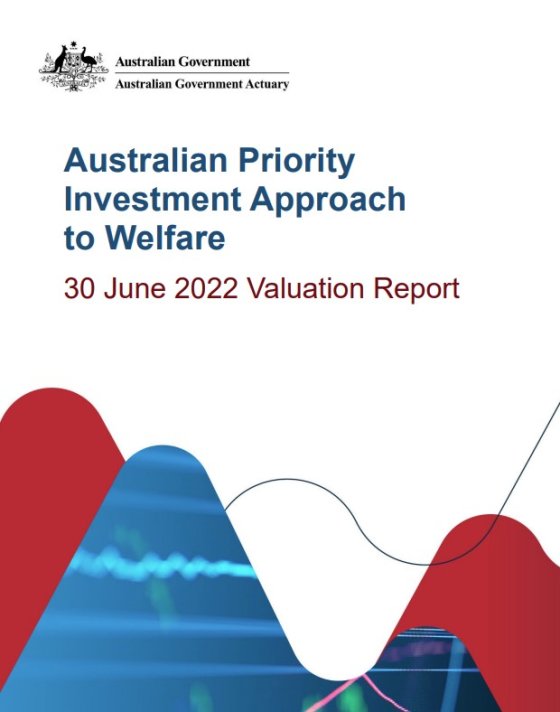About the approach
The Priority Investment Approach provides a better understanding of how Australians use the social security system, and where we can intervene early to support vulnerable Australians.
The Priority Investment Approach uses a model to inform decisions that improve long-term outcomes for all Australians. The actuarial analysis provides a long-term view of how Australians are expected to use social security over their lifetime.
Benefits of the approach
The Priority Investment Approach can:
- predict future social security usage and associated lifetime cost
- identify and provide insights into vulnerable groups
- inform early intervention.
By using the Priority Investment Approach and intervening early, we can give people with capacity the support they need to take part economically and socially through work.
The Priority Investment Approach model is supported by a longitudinal dataset of people who receive social security payments. It is an actuarial model that predicts social security usage based on historical patterns.
Future social security costs for the entire Australian population are estimated through a valuation. This process identifies groups that are most at risk of disadvantage and where to focus investment and support. The approach helps make policies based on evidence.
Reports and analysis
The 2022 Priority Investment Approach findings can be found in the following products. The valuation report provides insight into how Australians are likely to use the social security system in the future.
Australian Priority Investment Approach to Welfare - 30 June 2022 Valuation Report
Placemat
This one-page placemat analyses future outcomes and projections for people receiving JobSeeker Payment at 30 June 2022.
Historical publications
The 2015 Baseline Valuation Report created a foundation. Later reports build on this foundation:
- 2021 Valuation(Opens external website)
- 2020 Valuation(Opens external website)
- 2019 Valuation(Opens external website)
- 2018 Valuation
- 2017 Valuation
- 2016 Valuation
Read more
- Review of Australia’s social support system(Opens external website) (link on National Library Website Archive)
- Try, Test and Learn Fund
